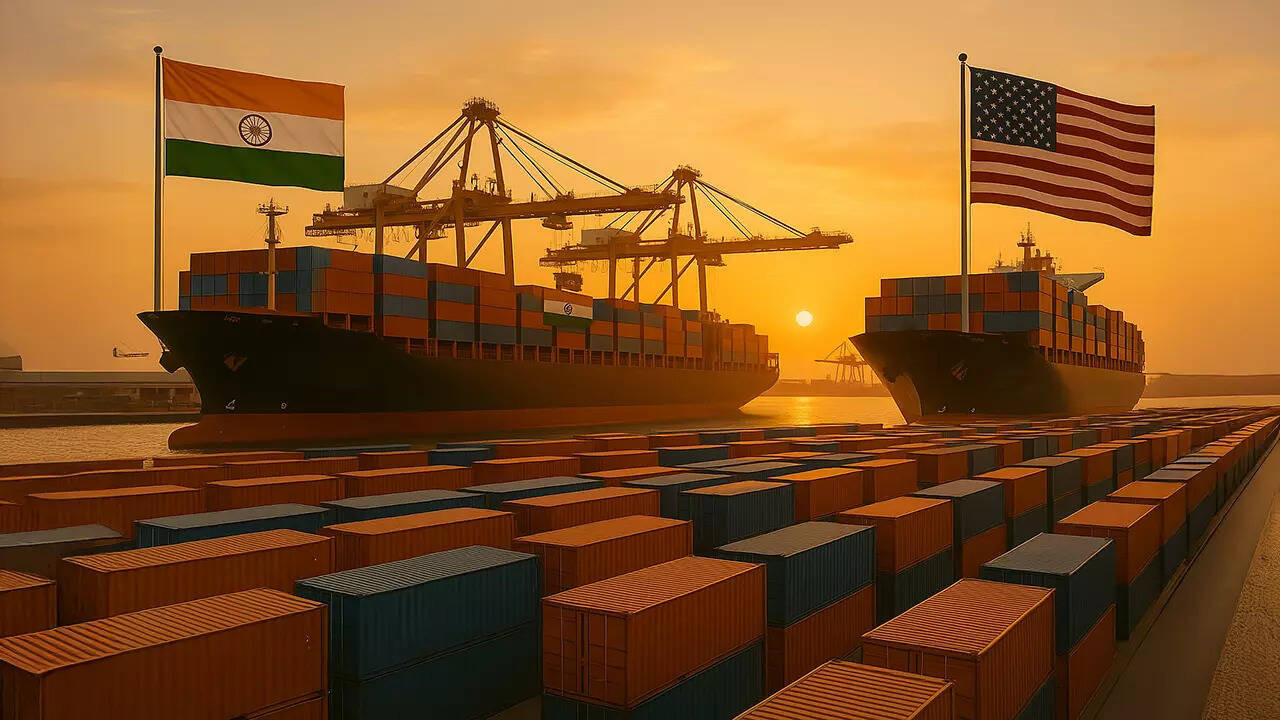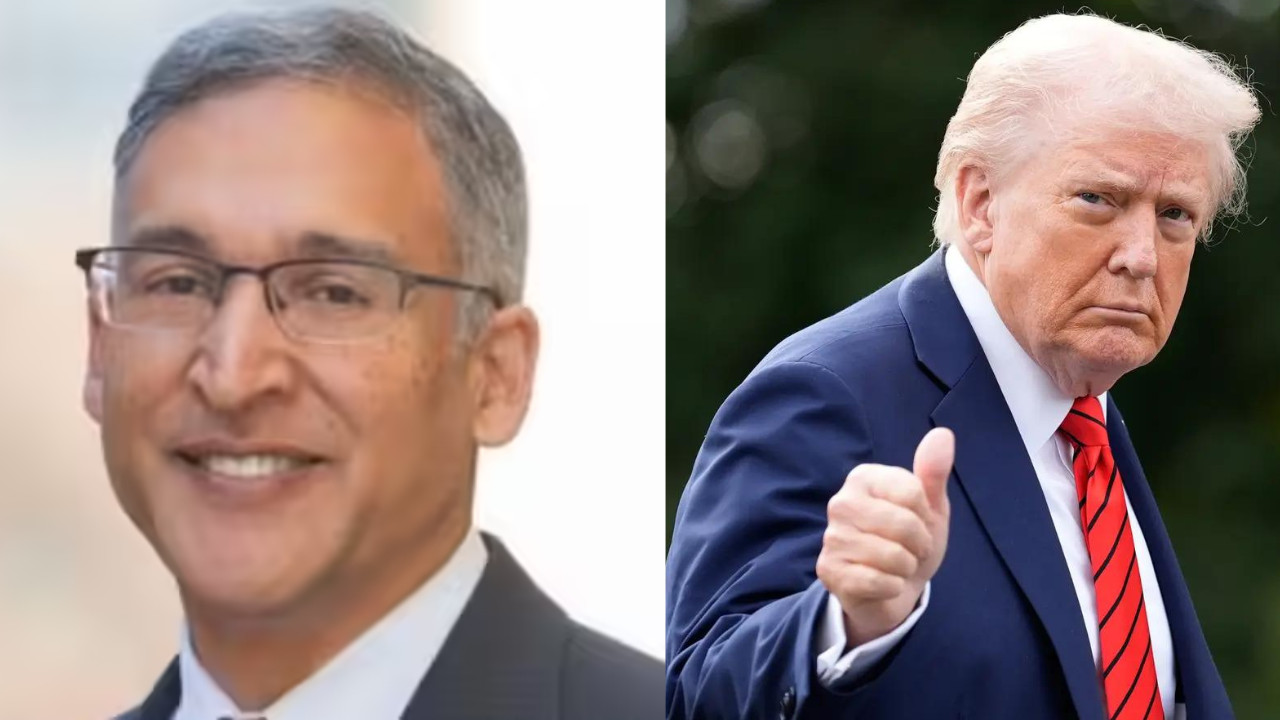India and the United States concluded the fifth round of BTA negotiations in Washington, aiming to finalize an interim trade deal before August 1 to address Trump-era tariffs. Discussions covered agriculture, automobiles, and SCOMET, with India resisting duty concessions on dairy.
Charting a New Course: India and the US Navigate Trade Winds
The air is thick with anticipation as India and the United States navigate the intricate waters of trade negotiations. The fifth round of talks for the bilateral trade agreement (BTA) has just wrapped up, leaving many wondering: what’s next for this crucial economic partnership?
Forget stale pronouncements – let’s dive into the heart of the matter. Both nations are feeling the pressure, driven by a shared desire to strike a deal, even an interim one, before looming tariff deadlines throw a wrench into the gears. The ambition is clear: forge a stronger, more resilient economic bond that benefits businesses and consumers on both sides of the globe.
What’s On the Table? Key Areas of Discussion
Discussions aren’t happening in a vacuum. They’re centered around easing trade barriers and fostering greater market access. Imagine the possibilities: streamlined customs procedures, reduced tariffs on select goods, and a fairer playing field for investments. Think of it as smoothing out the wrinkles that currently slow down the flow of goods and services between these two economic powerhouses.
Key areas under scrutiny include agriculture, where the removal of hurdles could unlock significant opportunities for farmers and food producers. Another focal point is the realm of non-agricultural goods, from textiles to electronics, aiming for a more level playing field. Services, a vital component of both economies, are also being carefully examined, seeking avenues for greater cooperation and market access.
Why This Matters: A Glimpse at the Bigger Picture
Beyond the nitty-gritty of tariffs and regulations, this BTA signifies something larger: a commitment to deeper economic collaboration in a rapidly changing world. India, with its burgeoning economy and vast consumer market, is an increasingly attractive partner for the US. Conversely, the US, a global leader in innovation and technology, offers immense opportunities for Indian businesses.

The successful completion of this agreement could have a ripple effect, bolstering investor confidence, creating jobs, and fostering innovation in both countries. It’s about more than just trade figures; it’s about building a foundation for sustained economic growth and prosperity for generations to come.
The Road Ahead: Challenges and Opportunities
Of course, the path to a comprehensive trade agreement is rarely smooth. Differences in regulatory frameworks, concerns over intellectual property rights, and the protection of domestic industries can all present formidable challenges. Navigating these complexities requires careful negotiation, mutual understanding, and a willingness to compromise.
But amidst the challenges lie immense opportunities. A well-crafted BTA could unlock the vast potential of the India-US economic relationship, creating a powerful engine for global growth. It could also serve as a model for other countries seeking to forge stronger trade partnerships.
Focus on Key Sectors and Impact
The BTA is particularly relevant for key sectors like pharmaceuticals, automotive, and information technology. Streamlined regulations and reduced trade barriers could lead to increased exports and investment in these areas, fostering innovation and creating new jobs. For instance, easier access to the US market for Indian pharmaceuticals could lower healthcare costs for American consumers, while increased US investment in India’s automotive sector could drive technological advancements and create manufacturing jobs.
Remember to check out our recent article on [the evolving landscape of global trade agreements](internal-link-to-related-article) to get further context.
What Can We Expect?
While the specifics of any potential interim deal remain under wraps, the commitment from both sides to reach an agreement signals a positive outlook. Expect continued negotiations, with both teams focusing on areas where consensus can be reached quickly, leading to an initial, limited agreement that addresses some of the most pressing trade issues.
Ultimately, the success of this bilateral trade agreement hinges on the ability of both India and the United States to bridge their differences and forge a mutually beneficial partnership. The stakes are high, but the potential rewards are even greater: a stronger, more resilient economic relationship that benefits both nations and contributes to global prosperity. The completion of this BTA could truly reshape the India US trade dynamic for years to come.







